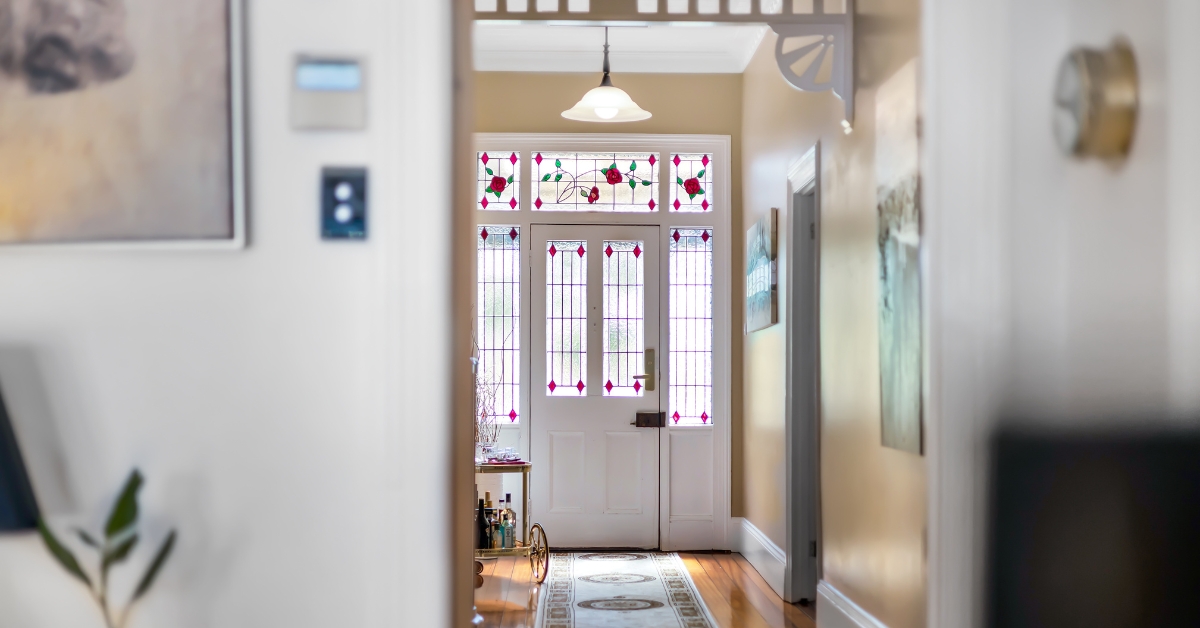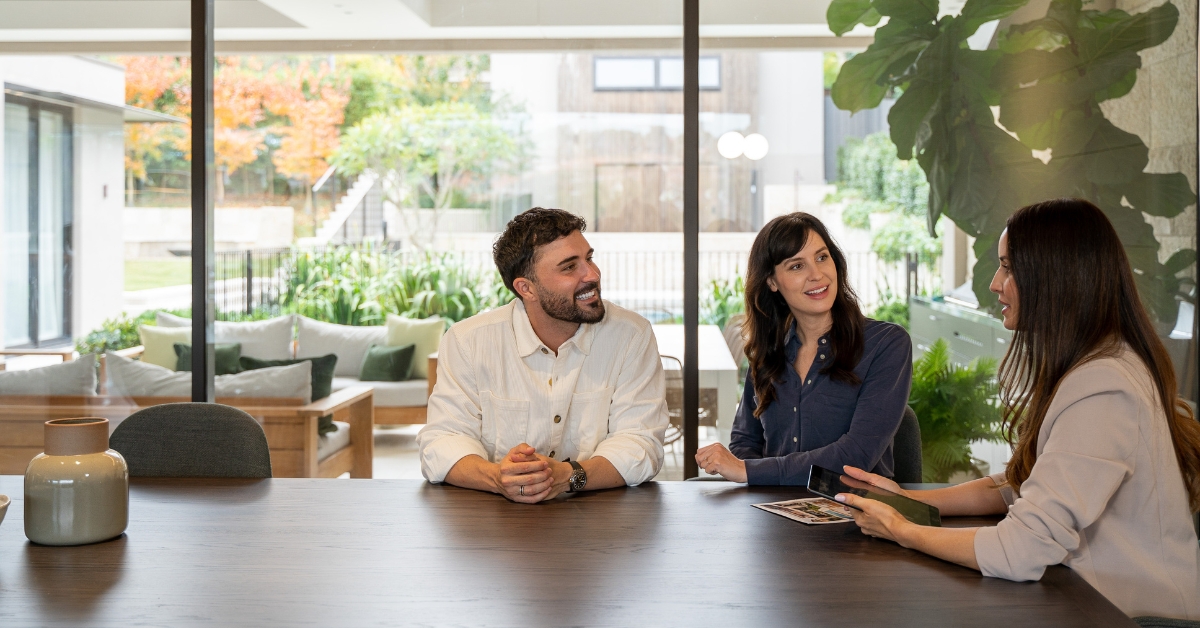Australians Still Dreaming of Homeownership Despite Market Challenge

Despite rising property prices and mortgage pressures, a new survey by LJ Hooker shows the desire to own property has not waned, indicating the Great Australian Dream is well and truly alive.
The report, called Australian Homeownership Aspiration, found that 74% of people surveyed hope to buy their own home, with younger generations leading the charge.
The results reveal the unwavering belief that property is a worthwhile investment. It also highlights key features buyers are not prepared to compromise on when looking at real estate, such as the importance of air-conditioning, ceiling fans and even timber floors.
Homeownership remains a priority
While global trends suggest a shift towards long-term renting, Australians remain steadfast in their homeownership ambitions.
The survey conducted by Edentify revealed the aspirations, barriers to entry and what people value most in a home. Both Gen Z and Gen Y respondents, particularly, recorded a high desire to step onto the property ladder. Overall, every generation believes that home ownership is still a good investment.
“Property provides people with financial security and the knowledge that they can build equity over time which drives investment,” said LJ Hooker Head of Network Australia Chris Keating.
“More importantly, owning their own home allows families to build connections with their community and foster a sense of belonging”
What’s holding buyers back?
Even with strong aspirations, affordability remains the biggest hurdle to property ownership. A staggering 97 per cent of respondents cited property prices as one of their top three challenges, along with regular and stable income (71 per cent) and mortgage repayments (70 per cent) also proving significant barriers.
“Paying off a mortgage takes determination and dedication, and even though it is not always an easy path, people want to turn their homeownership dream into a reality,” Mr Keating said.
“We are seeing younger generations looking for other ways to get into the market, including utilising First Home Buyer Grants, rentvesting and being supported by their parents.”
Sustainability is a focus
Improving the sustainability of your home is not only good for the planet but may also increase its value.
Eco-features such as double-glazed windows, greywater recycling systems and smart technology are redefining what makes a ‘dream home’ as house hunters look to combat rising utility bills and reduce their cost of living. The survey revealed 95 per cent of respondents would prioritise eco-friendly features when looking to buy property.
More than two-thirds of respondents cited the absence of air conditioning as the biggest drawback when considering a property purchase. Ceiling fans also play a role, with 39 per cent of buyers saying a lack of them would be a deterrent.
Importantly, the survey also revealed:
- Almost three-quarters of homebuyers want to buy a property that is properly insulated and with solar panels.
- Fifty-nine per cent rated proper double-glazed windows and water-saving systems as essential eco-friendly features.
Carpet versus timber — The Great Debate
The survey also revealed a surprising difference between Australians and New Zealanders when it comes to flooring preferences.
While 61 per cent of Australians prefer timber floors, 59 per cent of Kiwis opt for the warmth and comfort of carpet.
“Timber flooring is just so much more practical in Australia; it is better suited to our climate, is more durable and just looks good,” Mr Keating said.
More than two-thirds of respondents cited the absence of air conditioning as the biggest drawback when considering a property purchase.
A garden is no longer necessary
The Great Australian Dream of homeownership is changing and no longer means having a Hills Hoist in the backyard. Almost half of the respondents revealed that a lawn or garden is no longer a must-have when buying a property.
“It is not just one type of property that is aspirational anymore, while affordability is playing a part, it also reflects our changing lifestyle,” Mr Keating said.
“Australians love their outdoor space, but not everyone has the time to maintain a lawn or garden. A large segment of the market is looking for easy living without the upkeep, so we need a diversity of housing to cater for everyone.”
Gen Z’s dream homes, gym included
Dream homes mean different things to different generations. However, outdoor entertaining areas, luxury kitchens and infinity pools ranked high on everyone’s wish lists.
Interestingly, 48 per cent of Gen Z respondents said their dream feature would be a home gym compared to just 20 per cent of Gen X respondents.
“Lifestyle and versatility are drivers when it comes to buying a home, and while different stages of life mean different needs, there are still many common features shared across generations,” Mr Keating said.
Other key insights from the survey
Renovating is seen as a way of not only increasing property value but also improving the function of the home.
- When it comes to renovations, 59 per cent of respondents would prioritise improving liveability, while 26 per cent revealed they wanted to add energy efficiency upgrades.
- Importantly, 29 per cent of homeowners renovate because they think it will add value to their property. Only 15 per cent renovate primarily to prepare their property for sale.
- 43 per cent of respondents revealed the maximum amount they would spend on renovations is 10 to 20 per cent of the property value.
The future of homeownership in Australia
Despite affordability concerns, the aspiration for homeownership remains deeply ingrained in the Australian culture. The survey findings reinforce that owning a home is about more than just financial investment — it’s about stability, security, and the freedom to create a personal sanctuary.
“People understand regular and stable income is key to reach their homeownership goal, but they aren’t deterred by the challenges,” Mr Keating said.
If you are looking to buy or sell, speak to a LJ Hooker agent
DISCLAIMER - The information provided is for guidance and informational purposes only and does not replace independent business, legal and financial advice which we strongly recommend. Whilst the information is considered true and correct at the date of publication, changes in circumstances after the time of publication may impact the accuracy of the information provided. LJ Hooker will not accept responsibility or liability for any reliance on the blog information, including but not limited to, the accuracy, currency or completeness of any information or links.
Share


